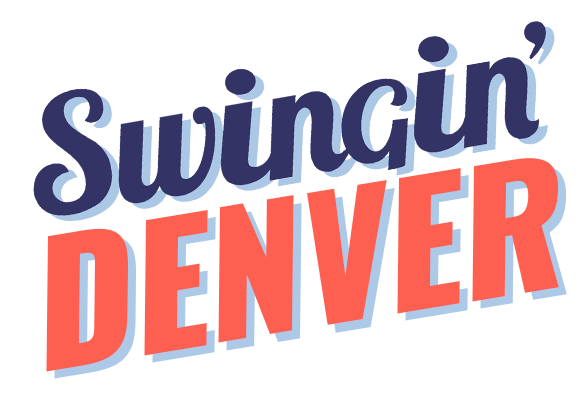We’ve had some recent posts on our Facebook page that have led people down a path regarding history incorporation into classes that we’ve seen before. An unattributed excerpt - “I think force feeding history in schools is absolutely foolish.” Partially related would be the response, “I need to think about how I can best alter the message to be on brand and relevant to our patrons.” we received from an event organizer when we wrote them: “Within my company and places we teach, I'm striving to name the specific dances we're teaching and give proper attribution to the Black creators when possible. With how you're advertising this event, and given that your event is celebrating Black American music, I think there is opportunity here for us to honor the creators.” When your first reaction is immediate pushback or pushback against an exagerrated version of what is asked, we’d recommend some inner evaluation of your own biases.
One argument to incorporate history into classes, marketing, and other educational material is made by noted Black historian and dancer, Moncell Durden, here around the 42:00 mark: “Most of the time, it’s the music that labels the dancing. It’s not swing dancing, it’s lindy hop. It’s called lindy hop. If you change that, then you’re changing the people who brought it to you. You’re changing the identity. It’s not defined by the area. The area has influence.”
Moncell further dives into this around the 2:00:00 mark in the video below, a great talk hosted by The Breakaway.
Here are some ideas for incorporating history into classes and within an organizer’s direct sphere of influence:
Incorporate naming the dance and its origins into an opening statement.
We’re going to teach you Lindy Hop, a Black dance created in the 1920’s
We’re excited to teach Lindy Hop, a Black vernacular dance formed in the 1920s out of the Harlem community
Find opportunities to share that Lindy Hop and other swing dance styles are vernacular dances and what that means and what those vernacular hallmarks are. “Vernacular refers to dance performed to the rhythms of African American music: dance that makes those rhythms visible” - Steppin’ on the Blues by Jacqui Malone
Improvisation and spontaneity - “nice, love the improv there!”
Propulsive rhythm - “let’s play with the drive of that triple step” or “yes, great momentum!”
Call-and-response patterns - like a break and shake.
Self-expression - encourage peopple to bring themselves and their experiences to the dance
Elegance - dig into what it means to look effortless
Control - encourage different types of swingouts, tuck turn directions, level changes, etc.
Include history into your class descriptions.
Learn to Lindy Hop from the ground up! Sign up today and learn the dance that sprung from Black American culture in Harlem during the 1920s-40s!
Include history into your FAQ or Welcome Page and perhaps link to a more in-depth section
Learn Lindy Hop and Charleston, the original dances of the swing era! Swing dancing is joyful, free spirited, and infectious. It's unabashedly fun with a carefree style that closely reflects the music of the late 20s hot Jazz to the 40s Big Band music. It was created by Black Americans in Harlem, New York. You're going to love it! Check out more information on the history of these dances here.
Be a resource and not just a marketplace on your social media sites by offering informative articles, good videos of historical and modern dancers, and spotlighting other learning opportunities from diverse voices.
Fully name the social dances you’re offering
Our thoughts on including history are much like our thoughts when it comes to feeding young kids and what we tell them. We’ll determine what goes on their plate and they’ll determine what they’ll eat. There is no force feeding. It’s just a very well-balanced fun class.

